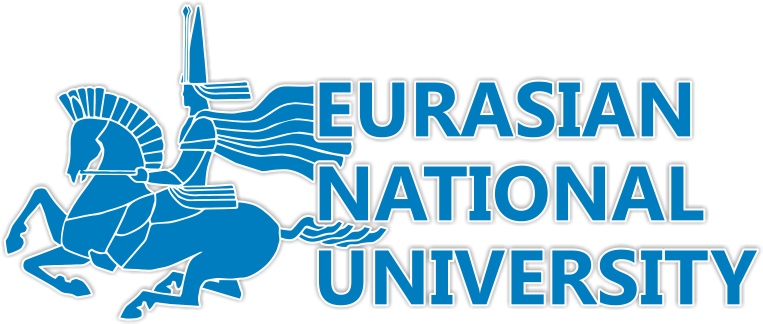On December 10, students and undergraduates met with the Director of the Orenburg Regional Museum of Fine Arts, Honored Worker of Culture of the Russian Federation, Member of the Presidium of the Union of Museums of Russia, Member of the International Council of Museums (ICOM), Member of the Presidium of the International Council of Museums (ICOM of Russia), Professor Yuri Eduardovich Komlev, who visited Astana at the invitation of the Russian Center for Science and Culture.
Yuri Eduardovich told the meeting participants about the museum's expositions and separately stopped at the exhibition "Orenburg Down Shawl", students were able to examine in detail this well-known artifact of Russian culture and even stretch a handkerchief through a ring. In recent years, Orenburg has hosted many interesting events, flash mobs, exhibitions of modern and national costumes dedicated to the Orenburg down shawl and its creators-knitters.
During the meeting, a lively conversation ensued, as well as students and undergraduates took the opportunity to try on an authentic Orenburg down shawl and hold a photo session.
At the end of the event, the head of the department, E.A. Zhuravleva, on behalf of all participants, thanked the guest for a very informative and interesting lecture and presented a felt bag with a national Kazakh ornament, which was specially ordered for the MAPRYAL Congress in 2019.
Reference: The Orenburg Regional Museum of Fine Arts was opened in a building built in 1814 by architect M. P. Malakhov (1781-1842). Initially, the building housed the city Duma, the city magistrate, and the orphan court. Now the building is a monument of culture of the XIX century. In 1870, the building was partially rebuilt.
The initiator of the creation of the museum was art historian S.A. Varlamov (1908-1971), he was also its first director. The museum's collections include works of Old Russian, Russian, Bashkir, Soviet and Western European art created since the end of the XVI century. Among them are graphics, painting, sculpture, icon painting, decorative and applied art, etc. There are about 8000 exhibits in total.

